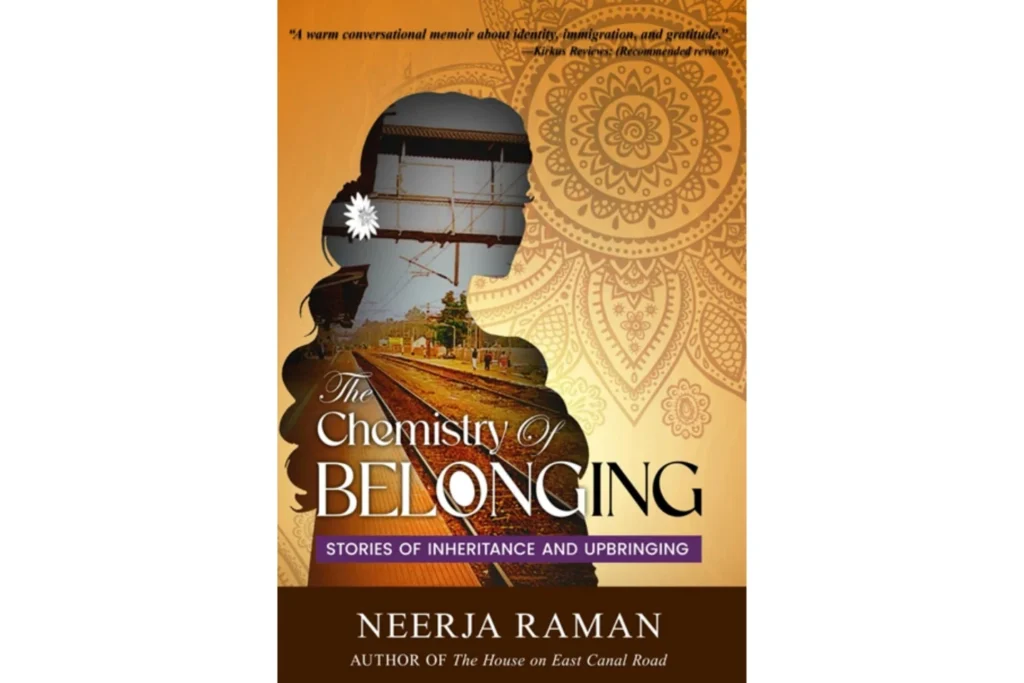How can we honor our traditions while embracing the changes of a modern world? In a world that’s constantly evolving, the tension between tradition and modernity is a challenge many families face. On one hand, traditions connect us to our roots, providing a sense of identity and continuity.
On the other hand, modernity offers new opportunities, technologies, and ways of thinking that can enrich our lives. Striking a balance between the two is essential for preserving our heritage while adapting to the demands of contemporary life.
This article delves into the importance of balancing tradition and modernity, providing practical strategies for creating harmony between the old and the new.
The Pull of Tradition
Traditions offer a sense of continuity. They are the cultural DNA of a society, shaping beliefs, practices, and social structures. From religious rituals and family customs to language and dress, tradition grounds people in a shared history. It answers the question, “Where do we come from?” and gives meaning to the present.
For many, tradition is tied to identity. It reinforces belonging and stability in a world that often feels fragmented. In times of uncertainty, people tend to cling to tradition even more tightly, seeking comfort in what has endured. This is especially true in communities facing the pressures of modernization, where long-standing ways of life are at risk of being overshadowed or erased.
But tradition isn’t static. What one generation considers sacred may evolve or even disappear in the next. The key issue isn’t whether to preserve tradition, it’s how to do so without resisting necessary change.
The Drive of Modernity
Modernity is synonymous with progress, rationality, and innovation. It champions science, individual rights, and the belief that the future can be shaped and improved through human action. Technological development, urbanization, and globalization are all products of this modern drive.
Modernity challenges traditions, sometimes by design. It questions authority, breaks taboos, and shifts power structures. It’s what fuels movements for gender equality, secular governance, and digital transformation. It has lifted millions out of poverty, connected the world through the internet, and democratized access to information.
Yet, modernity has its downsides. It can be disorienting, rootless, and alienating. The pace of change can outstrip our ability to adapt. Social bonds fray. Cultural homogenization looms. And in the rush to modernize, important values and communal knowledge risk being discarded.
The False Choice
Too often, the debate is framed as a binary: either cling to tradition or embrace modernity. This framing is both simplistic and dangerous. It pits generations against each other. It politicizes culture. It can lead to cultural erasure or, conversely, to regressive thinking cloaked as “authenticity.”
The real task is not choosing one over the other, but finding a dynamic balance, a way to carry tradition forward without being trapped by it, and to embrace modernity without being consumed by it.
Examples from Around the World
Consider Japan, a country often praised for blending tradition and innovation. Ancient temples stand beside high-speed trains. Traditional tea ceremonies coexist with futuristic robotics. Japan’s respect for its cultural heritage has not prevented it from becoming a leader in science and technology. The two identities support rather than contradict each other.
In contrast, rapid modernization efforts in some parts of the world have sparked cultural crises. In certain developing nations, top-down development initiatives have wiped out indigenous ways of life in the name of progress. Communities have been displaced, languages lost, and traditions forgotten. In such cases, modernization becomes a form of cultural colonization.
On the flip side, rigid traditionalism can hinder progress. In some societies, customs are used to justify gender inequality, restrict freedom of expression, or resist scientific evidence. When tradition becomes a shield against change, it risks becoming oppressive rather than grounding.
Finding the Balance
So, how do we strike the right balance?
- Critical Reflection: Not all traditions are equally valuable. Some customs build community and offer wisdom; others perpetuate harm. Societies need to examine their traditions critically: what should be preserved, and what should be left behind?
- Contextual Modernization: Modernity should be adapted to fit local cultures, not imposed as a one-size-fits-all solution. Education systems, legal reforms, and technological initiatives work best when they respect cultural nuances.
- Intergenerational Dialogue: Bridging the gap between generations is key. Elders carry the memory of tradition; youth are the engine of change. When they talk and listen to each other, more sustainable paths forward emerge.
- Cultural Innovation: New traditions can be created. Culture is not a museum piece; it evolves. Marrying old and new, communities can invent rituals, reinterpret stories, and reimagine identities that are both rooted and relevant.
- Policy and Representation: Governments, institutions, and media must promote inclusive narratives that honor both heritage and diversity. Policy should protect endangered cultural practices without standing in the way of necessary reforms.
Individual Choices
Balancing tradition and modernity isn’t just a societal issue, it’s personal. Every individual navigates this balance in their daily life. A person might celebrate ancient festivals while working in a tech startup. They might speak their native language at home but think and write in a global one at work.
Personal identity today is hybrid. People don’t have to choose between being traditional or modern, they can be both. They can reinterpret traditions in ways that suit modern values. They can challenge modern norms that lack ethical grounding. The freedom to pick and choose, adapt and reinterpret, is itself a modern concept, and one that can be used to protect and revive tradition.
Neerja Raman’s The Chemistry of Belonging is a vivid illustration of how tradition and modernity can coexist and inform one another. Through personal stories of her upbringing in post-independence India and her eventual life in America, Raman shows that holding onto inherited values doesn’t mean rejecting change. Her parents modeled a life grounded in cultural identity yet open to progress, teaching her to question customs thoughtfully while retaining what was meaningful. Whether navigating caste, colonial legacies, or gender roles, the book portrays a family’s deliberate effort to evolve without forgetting who they were, a practical guide to maintaining balance in a fast-changing world.
Final Thought: Embracing Change While Honoring Roots
Balancing tradition and modernity is not about choosing one over the other. It’s about finding ways to honor our roots while embracing the opportunities of a changing world. By adapting traditions, creating new rituals, and fostering open communication, families can create a sense of continuity and belonging that enriches their lives.







